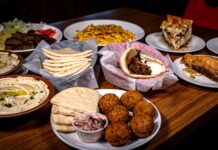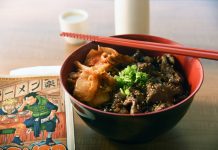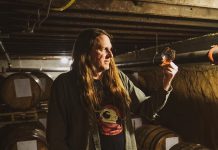Collard refers to certain loose-leafed cultivars of Brassica oleracea, the same species as many common vegetables, including cabbage and broccoli. Collard is a member of the Viridis Group of Brassica oleracea.
— Wikipedia
While backpacking in Europe as a younger man, my fellow Americans constantly mistook my accent for that of a Texan, even though I was born and raised in Indiana — to be sure, Southern Indiana.
My dad’s family had come down from Michigan and points north, and my mom from a farm in Western Kentucky. When it came to meals, they were a mélange, but collards weren’t on the menu. I was left to cultivate a love for these greens much later in life. Whether I still sound Texan is a matter of utter indifference to me at this stage of the game.
Collards might not initially strike us as a foodstuff in need of saving. The Heirloom Collard Project begs to differ.
In 2016 Seed Savers Exchange in collaboration with Ira Wallace at Southern Exposure Seed Exchange requested over 60 varieties from the USDA to trial at Seed Savers Exchange, Heritage Farm in Decorah, Iowa. These varieties were collected by Edward H. Davis and John T. Morgan from seed savers across the Southeast, mostly in North and South Carolina. These varieties were identified as rare heirlooms and the intention was to regenerate them and share the seed with seed savers across the country. Only fragments of the full story of these varieties were collected by Edward H. Davis and John T. Morgan. It is a priority of this project to revisit the original seed savers and learn about these collards’ rich culinary and seed saving histories.
How did collards come to America? Why did the range of varieties diminish? What lies in store for the backyard collard patch? For an informative overview, go to Gastro Obscura.
The Farmers and Gardeners Saving the South’s Signature Green, by Debra Freeman
Each collard green in the project has its own distinguishing qualities, as well as a story. The Old Timey Blue collard has both large bluish leaves and vibrant, pink-purple stems. The North Carolina Yellow collard tastes like broccoli, and lacks the usual collard bitterness. The Big Daddy-Greasy Green collard has both an incredible name and story behind its preservation. Hansel Sellars of Cairo, Georgia grew this variety for 50 years before giving some seeds to (Edward) Davis. He himself had originally purchased two tablespoons of the seeds in 1955, for two dollars.
Photo credit: Heirloom Collard Project.






















